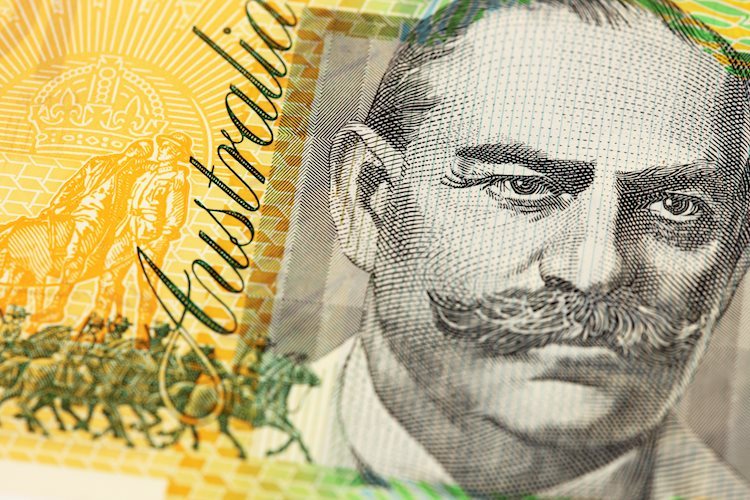The Australian Dollar (AUD) experienced a slight recovery against the USD on Friday, although it was one of the worst-performing G10 currencies. The AUD rebounded to 0.65515 due to corrective activities after previous intense sell-offs. The Australian economy’s vulnerabilities, such as falling commodity prices and Chinese economic troubles, have significantly impacted the AUD’s performance.
The Reserve Bank of Australia (RBA) has delayed rate cuts due to high inflation levels, which could potentially limit further depreciation of the AUD. The RBA’s stance may result in the Australian Dollar gaining ground compared to other G10 currencies. Despite ongoing worries about the Chinese economy and Australia’s economic stress, the AUD remains steadfast in the ‘risk-off’ sentiment with concerns about its ‘high-risk’ status within the G10.
Technical analysis of the AUD/USD pair indicates a bearish outlook as it remains below key Simple Moving Averages (SMAs). Support levels are identified at 0.6540, 0.6530, and 0.6500, with resistance levels at 0.6600, 0.6610, and 0.6630. The downward trends seen in July suggest that the bearish trend might continue in the near term.
The RBA is responsible for setting interest rates and managing monetary policy for Australia. Its primary mandate is to maintain price stability and contribute to economic prosperity and welfare. The RBA’s tools include raising or lowering interest rates, quantitative easing, and tightening. Inflation and macroeconomic data play a crucial role in influencing the value of the Australian Dollar, as a strong economy may lead to interest rate hikes, supporting the AUD.
Quantitative Easing (QE) and Quantitative Tightening (QT) are tools used by the RBA in extreme economic situations. QE involves the RBA printing currency to purchase assets, while QT involves reducing asset purchases when the economy is recovering. These tools can impact the strength of the Australian Dollar, with QE usually resulting in a weaker AUD and QT potentially strengthening the currency. Overall, the RBA’s decisions and economic conditions play a significant role in determining the performance of the Australian Dollar in the foreign exchange market.










